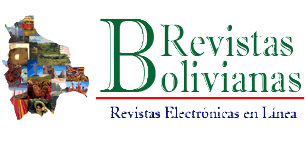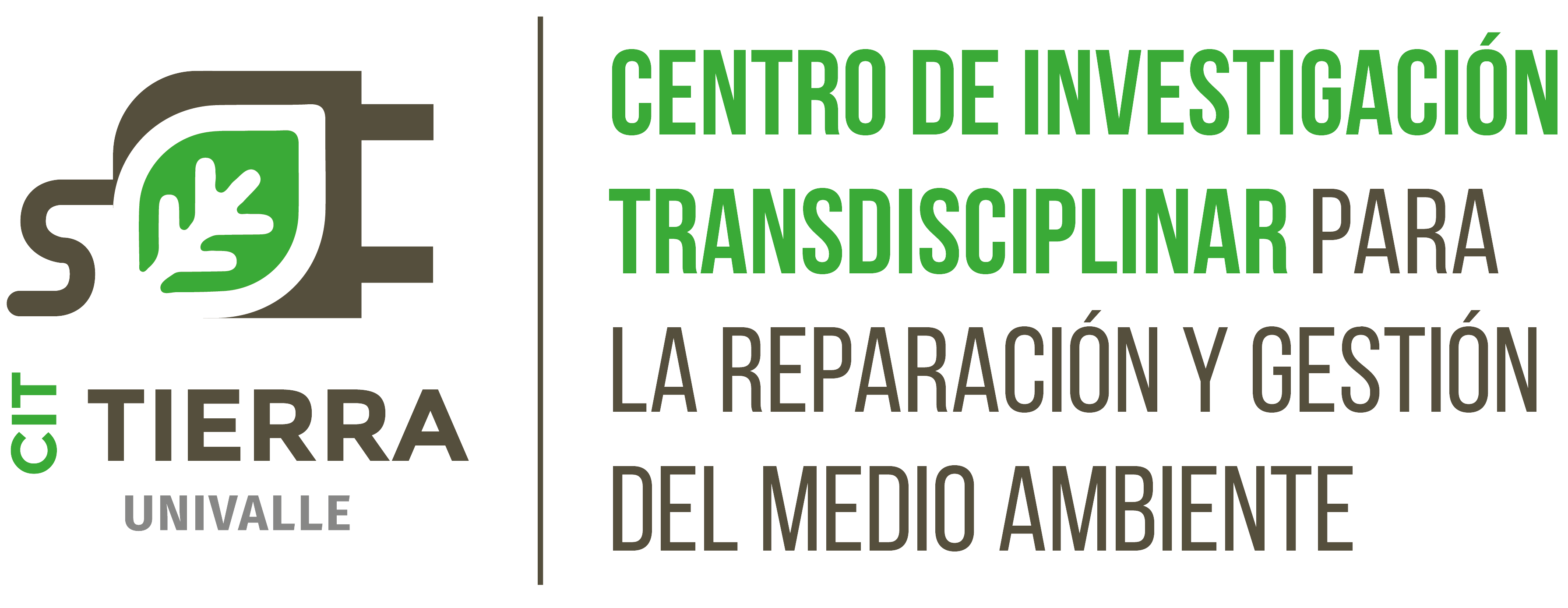Shelf life of nachos packaged with inert gas using the Real Time Method
DOI:
https://doi.org/10.52428/20758944.v17iEspecial.9Keywords:
Weibull Distribution, Inert gas Packaging, Real Time Method, Rancidity, Shelf lifeAbstract
The work consisted on determining the shelf life of nachos packed with inert gas using the Real Time method. The initial characteristics, storage conditions, statistical estimation, physicochemical, microbiological and sensory analysis of the product were described. The nachos, study subjects, were packed in bioriented polypropylene bags metallized with aluminum, content of 200 g, with inert gas (90-99% purity) and 40-50 lbf / in² of injection pressure; the determining factor of the useful life studied was rancidity. The storage conditions of the packaged nachos were at a temperature of 18-22 °C and relative humidity of 45-51%. The shelf life determined by the Real Time method was 180 days, in which there were no undesirable odors or flavors, related to rancidity.
Downloads
References
Bolivia. (2008). Decreto Supremo N° 29519. Resolución ministerial de 29 de mayo 2008. Gaceta Oficial del Estado Plurinacional. La paz.
Carrillo, M., y Reyes, A. (2013). Vida útil de los alimentos. Iberoamericana de las Ciencias Biológicas y Agropecuarias, 2(3), 32-56. https://doi.org/10.23913/ciba.v2i3.20
Cruz, M., y García, C. (2016). Desarrollo y formulación de un snack nutritivo libre de gluten. Tesis de doctorado, Universidad de El Salvador, El Salvador.
El Diario (2015). Consumo de comida chatarra en Bolivia. Recuperado de: http://www.eldiario.net/noticias/2015/2015_11/nt151101/sociedad.php?n=74&-consumo-de-comida-chatarra-en-bolivia-crecio-130 29/04/2018. (2015, 01 de noviembre).
Espinosa, J. (2007). Evaluación sensorial de los alimentos. La Habana, Cuba: Universitaria.
Hernández, E. (2005). Evaluación sensorial. Colombia: Universidad Nacional Abierta y a Distancia.
Instituto Boliviano de Normalización y Calidad. (2000). NB-074:2000 Cereales: método para determinar el contenido de humedad. La paz: IBNORCA.
Instituto Boliviano de Normalización y Calidad. (2002). NB-32005:2002 Ensayos microbiológicos: recuento de bacterias coliformes. La paz: IBNORCA.
Instituto Boliviano de Normalización y Calidad. (2003). NB-32006:2003 Ensayos microbiológicos: recuento de mohos y levaduras. La paz: IBNORCA.
Instituto Boliviano de Normalización y Calidad. (2005). NB-32003:2005 Ensayos microbiológicos: recuento total de bacterias mesófilas aerobias viables. La paz: IBNORCA.
Instituto Boliviano de Normalización y Calidad. (2006). NB-34008:2006 Aceites y grasas- Determinación del índice de peróxido. La paz: IBNORCA.
Instituto Boliviano de Normalización y Calidad. (2009). NB-39023:2009 Harina y derivados - Pastas alimenticias o fideos, galletas y panes - Prueba de rancidez. La paz: IBNORCA.
Instituto Ecuatoriano de Normalización. (2012). INEN 060:2012 Snacks: bocaditos. Quito: INEN.
Núñez, M., Rodríguez, J., y Torres, Y. (2017). Metodología para la estimación de la vida útil de los Alimentos II - Métodos de Estimación. Ciencia y tecnología de alimentos, 27(2), 75-82.
Torricella, R., Zamora, E., Pulido, H. (2007). Evaluación sensorial. La Habana, Cuba: Universitaria.
Olivas-Gastélum, R., Gastélum-Franco, M. G., y Nevárez-Moorillón, G. V. (2009). Las pruebas de diferencia en el análisis sensorial de los alimentos. Tecnociencia Chihuahua, 3(1), 1-7.
Downloads
Published
How to Cite
Issue
Section
License
Copyright (c) 2021 Marcelo Orozco Corrales, Marcia Jimena Irigoyen Cossío

This work is licensed under a Creative Commons Attribution 4.0 International License.
Authors who publish with this journal agree to the following terms:
- Authors retain copyright and grant the journal right of first publication with the work simultaneously licensed under a Creative Commons Attribution License 4.0 that allows others to share the work with an acknowledgement of the work's authorship and initial publication in this journal.
- Authors are able to enter into separate, additional contractual arrangements for the non-exclusive distribution of the journal's published version of the work (e.g., post it to an institutional repository or publish it in a book), with an acknowledgement of its initial publication in this journal.
- Authors are permitted and encouraged to post their work online (e.g., in institutional repositories or on their website) prior to and during the submission process, as it can lead to productive exchanges, as well as earlier and greater citation of published work.















